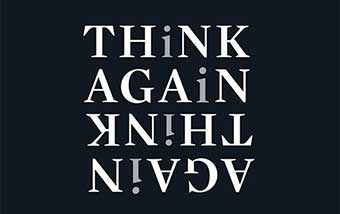Leonardo from Vinci
Leonardo da Vinci, The flights of the Mind, Charles Nicholl, Penguin Books, 2005.
During his lifetime, Leonardo da Vinci was not considered the greatest visual artist of all time. No, his personal lot was difficult, and endlessly trying. He was an illegitimate son, a homosexual, a genius without peer, and always dependent for financial support on petty, vain, narrow-minded, and falsely pious rich men of medieval Italy. He suffered fools continually.
A genius can’t really know what non-genius is like, and so life is puzzling, other people are baffling. The genius feels oppressively different and lonely and can be driven to seek expression, if not in this life, then for in the future. This is how it was for Leonardo. His work speaks to us 500 years later. His genius was visual, as Mozart’s was sound, his creativity futuristic, astonishing the world to this day.
“My advice is not to trouble yourself with words unless you are speaking to the blind.”
Three paintings: The Lady with an Ermine, La Belle Ferronniere, and Mona Lisa are exquisite masterpieces. Leonardo presents his subjects radiant, unposed, mysteriously bemused, elegant, and subtly but powerfully defiant. We look at them, and they look at us. We sense that they are unmistakenly people, individuals with thoughts, and hurts, and hopes, individuals who have a story. There is a feeling of intrigue, something has happened. Leonardo doesn’t just capture pose, and clothing, and expression, he captures mentation, one can feel them thinking. And they have dignity. Leonardo feels for them, and wants us see and feel for them also. They are prisoners of sorts, sexual prisoners, sold into marriage by their families, to rich, older men. They are confined – perhaps like him – by sexuality, the circumstances of the times, by the mediocrity of the powerful. And so, too, with his Jesus. In The Last Supper, his Jesus is a person, not an icon. This Jesus has resignation, disappointment, regrets, friends, and human needs, and is resigned to being misunderstood.
Leonardo’s paintings are astonishingly few. Late in life he regrets this, yet one senses that an element of purpose limited his output. A subtle protest, perhaps, as if he felt it a blasphemy to give his artistic gifts over to the despicable, undeserving wealthy. He was most proud of his work on medical illustrations, created from laborious dissections of human cadavers, carried out in the hospitals full of the unpretentious, common humanity. He hoped to aid medical knowledge and treatment. This was his way to contribute his talents to the deserving.
Leonardo sensed the mystical in visual experience.
“Observe the flame of a candle and consider its beauty. Blink your eye and look at it again. What you see now was not there before, and what was there before is not there now. Who is it who rekindles this flame which is always dying?”


